Desbloqueando el futuro del bienestar
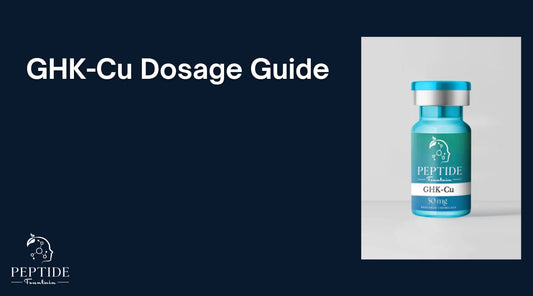
GHK-Cu Dosage Guide: Injection, Topical, and Or...
GHK-Cu dosage depends on the research format. 2–5 mg for injections 2–3 times weekly, 1–2% in topical serums applied daily, and 100–200 mcg for oral capsules. Dosage varies by study...
GHK-Cu Dosage Guide: Injection, Topical, and Or...
GHK-Cu dosage depends on the research format. 2–5 mg for injections 2–3 times weekly, 1–2% in topical serums applied daily, and 100–200 mcg for oral capsules. Dosage varies by study...
GHK-Cu Peptide Benefits: Skin Repair, Gene Rese...
GHK-Cu is a copper-binding peptide shown to support skin regeneration, collagen production, wound healing, and reduced inflammation in research settings. It helps improve elasticity, reduce oxidative stress, and modulate gene...
GHK-Cu Peptide Benefits: Skin Repair, Gene Rese...
GHK-Cu is a copper-binding peptide shown to support skin regeneration, collagen production, wound healing, and reduced inflammation in research settings. It helps improve elasticity, reduce oxidative stress, and modulate gene...
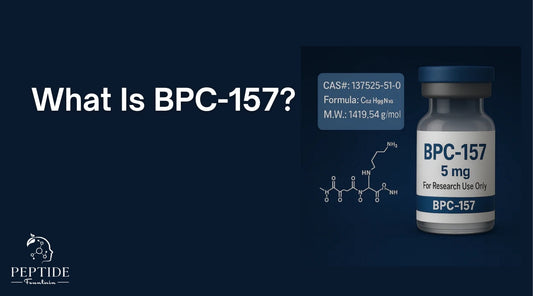
What Is BPC-157? Explore This Regenerative Rese...
BPC-157 is a synthetic peptide studied for its potential in tissue repair, inflammation control, and angiogenesis. Originally derived from gastric proteins, it's used in research models to explore muscle, tendon,...
What Is BPC-157? Explore This Regenerative Rese...
BPC-157 is a synthetic peptide studied for its potential in tissue repair, inflammation control, and angiogenesis. Originally derived from gastric proteins, it's used in research models to explore muscle, tendon,...
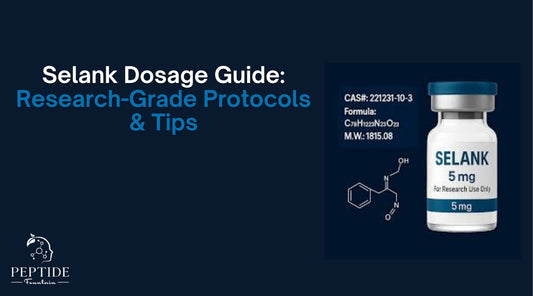
Selank Dosage Guide: Research-Grade Protocols &...
Selank dosage in research typically ranges from 250–300 mcg intranasally, 1–3 times daily for 10–30 days. Reconstitution with 1–2 mL bacteriostatic water is common. Storage at -20°C (lyophilized) and refrigeration...
Selank Dosage Guide: Research-Grade Protocols &...
Selank dosage in research typically ranges from 250–300 mcg intranasally, 1–3 times daily for 10–30 days. Reconstitution with 1–2 mL bacteriostatic water is common. Storage at -20°C (lyophilized) and refrigeration...
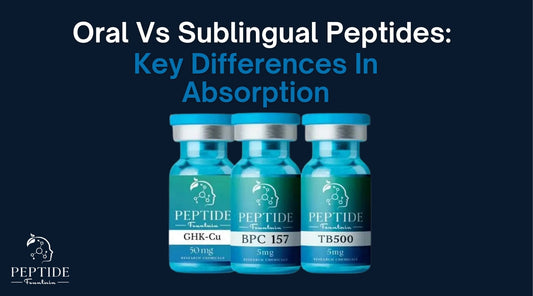
Oral Vs Sublingual Peptides: Key Differences In...
Oral peptides are swallowed and pass through the digestive system, often with low absorption. Sublingual peptides dissolve under the tongue, bypassing the gut to potentially improve uptake. But both methods...
Oral Vs Sublingual Peptides: Key Differences In...
Oral peptides are swallowed and pass through the digestive system, often with low absorption. Sublingual peptides dissolve under the tongue, bypassing the gut to potentially improve uptake. But both methods...
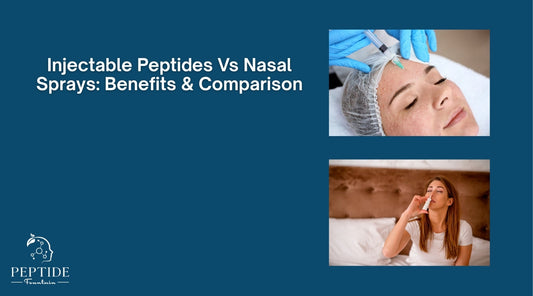
Injectable Peptides Vs Nasal Sprays: Benefits &...
Injectable peptides offer precise dosing and higher bioavailability, making them ideal for systemic research. Nasal sprays provide convenience and fast CNS access but may have variable absorption and limited systemic...
Injectable Peptides Vs Nasal Sprays: Benefits &...
Injectable peptides offer precise dosing and higher bioavailability, making them ideal for systemic research. Nasal sprays provide convenience and fast CNS access but may have variable absorption and limited systemic...


